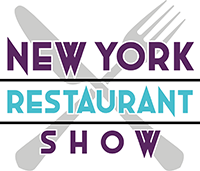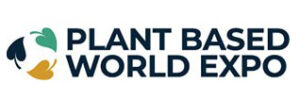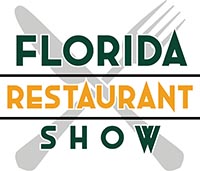What foodservice firms need to know about the latest operating pressures
By Kim Gore, HUB International

The restaurant and foodservice industry ended 2023 on a high note as consumer spending was projected by Foodservice Equipment & Supplies to hit $845.7 billion, versus $790 billion in 2022. But that was without the lift of alcohol sales, and without factoring in the impact of inflation.
In fact, the new year will be marked by continuing operational pressures for the industry. While staffing shortages are a continuing point of pain, for example, just as concerning is the ability to boost sales and achieve profitability given the inflationary drag on costs and wages—and overall economic uncertainty.
Caution is the byword as the year progresses. The economic environment remains unsettled, especially as the presidential election presents uncertainty. Firms that tighten up their risk management practices will put themselves in a good position to get through the year successfully.

Among the pressure points for 2024 are the following:
1. Help wanted—still.
The hospitality industry overall cut 212,600 positions in 2023 from 2019 levels, but even so, workers are needed to get up to full staffing. In HUB International’s 2024 Outlook Executive Survey, 72% of industry respondents said the shortage is affecting their vitality. As a result, more than half are emphasizing recruiting this year.
Those that focus on providing a quality employee experience stand to improve their recruiting outcomes. This is a multi-faceted endeavor, but one place to start is with personalized benefits that respond to the individual employee’s work and home priorities. For older workers, that might look like beefed-up pharmaceutical benefits and a generous retirement plan. Younger employees? Telehealth and childcare support.
Wellness benefits go a long way with all employee populations, and that includes mental health services that respond to the industry’s high number of claims for these services. Many employers are augmenting their employee assistance programs accordingly, reducing recruiting costs and sick days while also boosting employee satisfaction.
2. Managing the more manageable risks.
Nuclear verdicts for dram shop law violations are creating a big problem for any establishment that serves liquor. Adequate liquor liability insurance is imperative. But it’s hard to get. And it’s costly. One South Carolina bar owner reported that his liquor liability costs skyrocketed from $5,000 to $60,000 in only three years.
To mitigate the risk of violations, an updated and documented training program is more important than ever. As 2024 progresses, employers should make sure their people understand the risks of over-serving, with training that underscores best practices in bar management.
On another front is the risk of wage and hour violations as more states reconsider their minimum-wage requirements. Management should take care to avoid some of the concerns arising, such as maintaining a fair pay gap between more experienced staff and minimum wage employees, and compensating fairly for tipped versus non-tipped work.
One of the impacts will be on employment practices liability insurance in 2024. Insurers are adding wage and hour exclusions to policies and reducing limits in response to class-action litigation filed by servers and other front-of-house staff.
3. Then there are less manageable, more worrisome risks.
Acts of God are difficult to plan for and a big threat to resiliency.
Climate change and its impacts bring that point home. Serious weather disruptions—whether winds, rains and floods or extreme heat—add to the costs of doing business, and insuring against related losses can be problematic. The industry can expect to pay 20% more for property insurance in 2024; rates for catastrophic perils in high-risk zones may escalate by as much as 70%.
Resorts, hotels or restaurant chains with positive loss history (particularly if located in CAT-prone areas) may benefit from joining a captive. Captives give access to insurance capacity that would otherwise be difficult to obtain. In addition, companies participating in a captive are entitled to share in any underwriting profits.

How to put your house in order
Catering and foodservice firms are well advised to consult a broker before their policies renew. It shows underwriters a commitment to managing risk reduction through plans for mitigating potential exposures and is an effective way to secure coverage at the best terms and prices. Some pointers:
- Lean into risk—thoughtfully. Factors such as high interest rates and nuclear verdicts make insurance more expensive. Alternative insurance vehicles like captives can provide access to insurance capacity. Your broker should guide you on insurance strategies aligned with your risk profile and budget.
- Increase workforce engagement through benefits. Hospitality companies with a benefits strategy based on personalization and fostering a quality employee experience (QEX) will boost engagement, have an advantage in recruiting and retention, and lower their risk as well.
- Transparency counts. Let your broker know what changes you’ve made to the business so there are no surprises at renewal. Exposures and insurance needs should be reviewed at least 90 days prior to policy renewal, so your broker can identify the best options.
ABOUT THE AUTHOR
Kimberly Gore is the National Practice Leader of HUB International’s Hospitality Specialty Practice. She has over 30 years’ experience in the insurance industry with a specialization in hospitality and tourism clients. Kim is responsible for a strategic approach to carrier relationships, specialization and best-in-class service to benefit each client. Kim is an active member of the insurance community and was awarded the South Carolina Young Agent of the Year in 2010. For more information, visit hubinternational.com.










